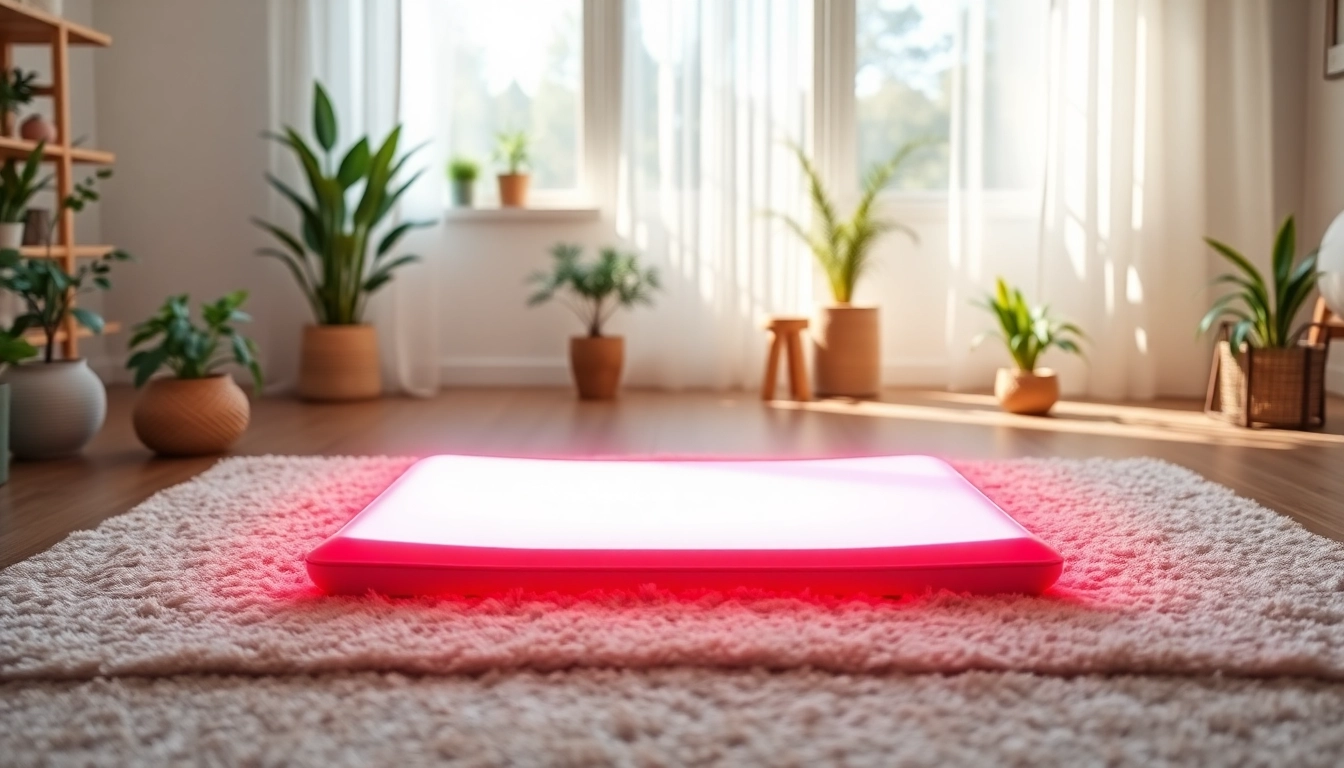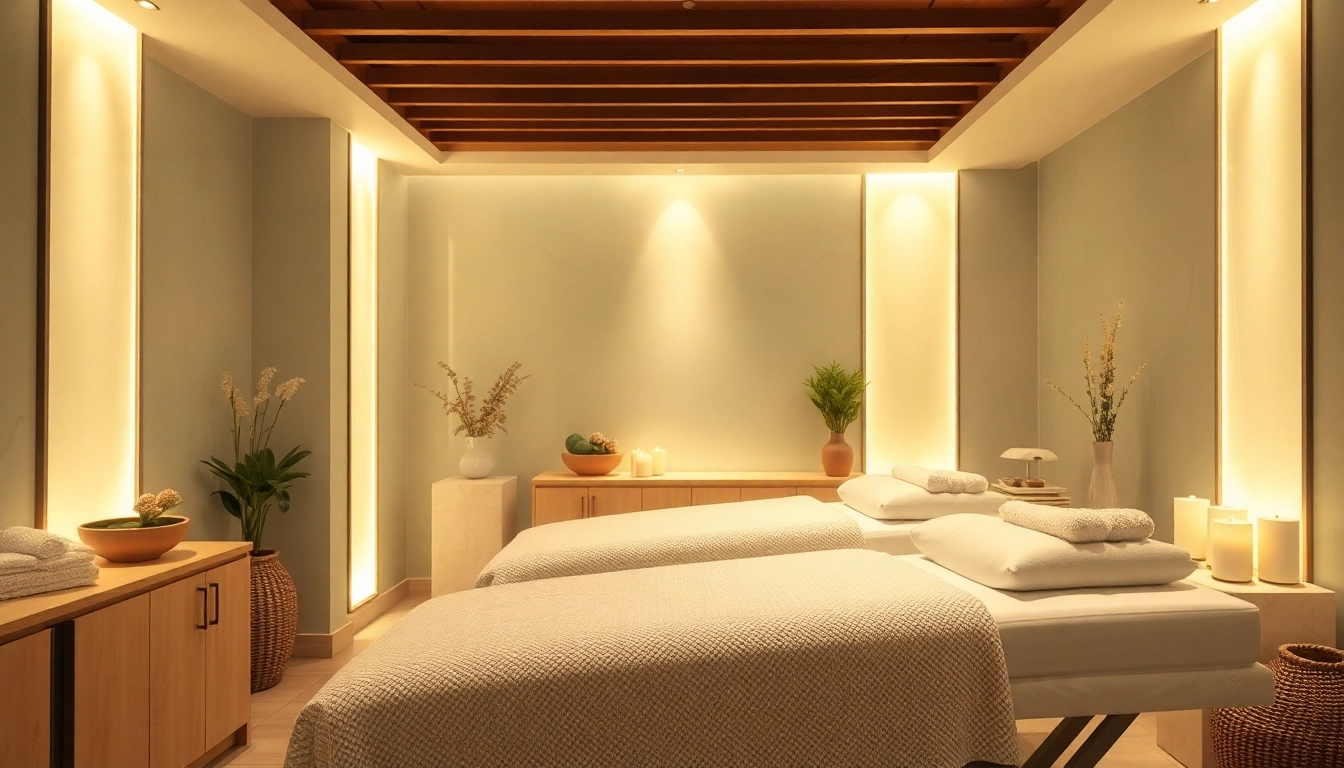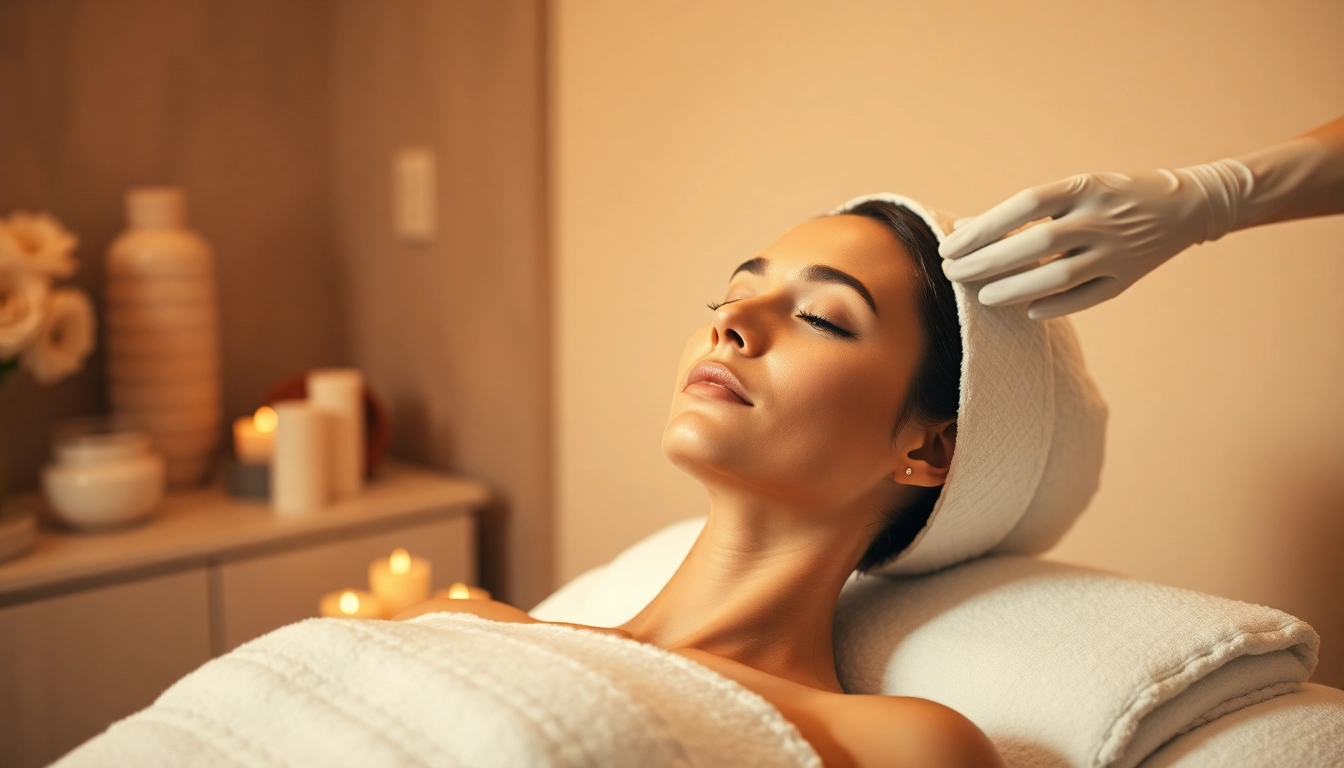Understanding Red Light Therapy
What is Red Light Therapy?
Red light therapy (RLT) is a therapeutic approach that uses low levels of red light, typically in the wavelength range of 600 to 800 nanometers, to promote healing and alleviate various health issues. The procedure is non-invasive and generally considered safe, making it an attractive option for many individuals seeking alternative or complementary treatment methods. Generally administered through various devices, including lamps and mats, red light therapy aims to stimulate cellular function, enhance energy production in cells, and promote tissue repair.
How Red Light Therapy Works
At its core, red light therapy operates on the principle of photobiomodulation. When applied to the skin, red and near-infrared light penetrate the dermal layers and are absorbed by cells, activating the mitochondria. This critical part of the cell is responsible for producing adenosine triphosphate (ATP), the energy currency of cells. Increased ATP production leads to enhanced cellular processes, such as regeneration and repair, potentially resulting in pain relief and improved skin health.
Key Benefits of Red Light Therapy
Red light therapy offers a range of potential benefits, including:
- Pain Management: Many users report reduced pain and inflammation in conditions like arthritis and lower back pain.
- Improved Skin Health: RLT helps reduce wrinkles, scars, and acne by promoting collagen production and skin rejuvenation.
- Enhanced Recovery: Athletes often utilize red light therapy to shorten recovery times from injuries and enhance muscle performance.
- Better Sleep: The therapy may help regulate circadian rhythms, thereby promoting better sleep quality when used consistently.
- Hair Growth: Some studies suggest that red light therapy can stimulate hair follicle activity, combating hair loss.
Factors to Consider When Choosing the Best Red Light Therapy Mat
Wavelength and Light Intensity
When selecting a red light therapy mat, wavelength and light intensity are critical parameters. Most effective treatments utilize wavelengths between 600 and 850 nanometers. Wavelengths near 660 nm are typically more effective when it comes to skin treatments, while near-infrared light (around 850 nm) penetrates deeper tissues, which can be particularly beneficial for muscle and joint therapy. It’s advisable to look for mats with adjustable intensity settings to personalize the therapy experience based on individual needs.
Safety Certifications
Ensuring that the red light therapy mat you choose has appropriate safety certifications is vital. Look for mats that comply with industry standards and regulations, such as CE (European Conformity) marking and FDA registration. These certifications indicate that the product has undergone safety evaluations and meets necessary guidelines for effective and safe use.
Ease of Use and Portability
Red light therapy mats should be user-friendly, allowing easy setup and utilization. Consider whether the mat comes with a remote control or has preset programs for different therapy sessions. Portability also plays a crucial role if you need to transport your mat for travel or use it in various locations around your home. Choose a lightweight, flexible design that can be easily stored when not in use.
Comparing Different Types of Red Light Therapy Mats
Full Body vs Targeted Therapy Mats
Red light therapy mats are available in both full body and targeted options. Full-body mats cover a larger surface area, allowing for a comprehensive approach to healing and restoration. They are excellent for individuals seeking general wellness support or those with widespread pain. In contrast, targeted mats are designed to focus light therapy on specific areas, making them suitable for localized issues such as joint pain or injuries. When selecting between the two, consider your specific needs and treatment goals.
Infrared Mats vs LED Mats
There are two primary types of red light therapy mats: infrared and LED mats. Infrared mats offer a combination of red light therapy and heat, which can enhance the therapeutic effects by improving circulation and relaxing muscles. LED mats, on the other hand, typically use light-emitting diodes to produce therapeutic light wavelengths without additional heat. LED mats are generally more portable and flexible while still providing excellent benefits. Deciding between the two will depend on your preferences regarding heat application and device weight.
Cost Considerations
Costs can vary widely among red light therapy mats, influenced by features, materials, and brand reputation. Budgeting will help guide your purchase decision, but it’s essential to balance cost with quality and functionality. While a lower price point may be attractive, it shouldn’t compromise safety, efficiency, or warranty options. Investing in a reputable mat can provide you with reliable, ongoing benefits while reducing the likelihood of frequent replacements.
Best Practices for Using a Red Light Therapy Mat
Recommended Usage Duration
While each individual may respond differently to red light therapy, a general recommendation is to use a mat for 10 to 30 minutes per session. For targeted issues, shorter sessions may suffice, while full-body sessions can extend to the longer end of the range. Always start with shorter durations and gradually increase based on comfort levels, as overuse can lead to skin sensitivity or discomfort.
Pre- and Post-Treatment Care
When engaging in red light therapy, proper pre- and post-care can enhance results. Prior to treatment, ensure the skin is clean and free of any creams or lotions that could block light penetration. Post-treatment, hydration and proper skin care, such as moisturization, can optimize healing effects. Docile activities, such as stretching or gentle movement, can also facilitate further benefits following a therapy session.
Combining with Other Therapies
Red light therapy can be effectively combined with various other treatments to enhance overall therapeutic outcomes. Incorporating it alongside physical therapy, massage, or acupuncture can amplify benefits by increasing circulation, easing muscle tension, and supporting recovery from injuries. Always consult with healthcare professionals before integrating multiple therapies to ensure safe and effective combination use.
Real User Experiences and Testimonials
Case Studies of Effectiveness
Many individuals have shared positive experiences after using red light therapy mats, claiming substantial relief from chronic pain, improved skin texture, and rejuvenated overall health. A common theme among case studies involves patients who struggled with persistent conditions such as fibromyalgia, arthritis, or skin disorders. Testimonials indicate that those individuals noticed significant improvements even after a few sessions, validating the efficacy of red light therapy.
Common Challenges and Solutions
Despite the many benefits, users may encounter challenges such as discomfort during early sessions or uncertainty on how to maximize benefits. Recommendations to alleviate discomfort include reducing session duration, adjusting the mat’s intensity, or wearing protective eyewear during the sessions. Those unsure about treatment routines can consult healthcare professionals for personalized guidance, ensuring they develop a tailored approach that addresses their unique circumstances.
Community Feedback on the Best Red Light Therapy Mat
Feedback from community forums and consumer reviews frequently highlights the importance of ease of use, durability, and design in assessing the effectiveness of red light therapy mats. Many users value products that combine comfort and adherence to safety standards. As a result, participating in online discussions or reading user testimonials can provide insight into popular picks, including the best red light therapymat, ensuring informed decisions when selecting a mat.



